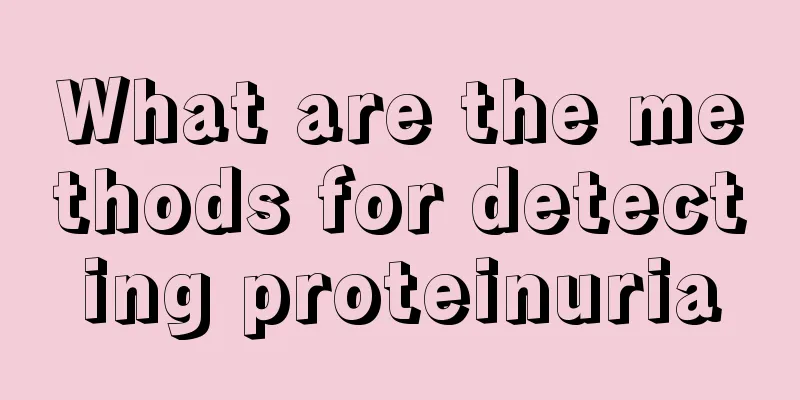What are the types of brainstem tumors?

|
Brainstem tumors can present with different symptoms. Patients with tumors in the midbrain may experience headache, dizziness, restlessness, nausea and vomiting, while patients with pons tumors may experience esotropia, double vision, crooked mouth, and facial numbness. 1. Midbrain tumor Less commonly, patients may experience symptoms of oculomotor nerve paralysis such as ptosis. Because the tumor develops dorsally and causes stenosis or closure of the fourth ventricle or cerebral aqueduct, symptoms of increased intracranial pressure can appear in the early stage. Patients often have headaches, dizziness, restlessness, nausea and vomiting. As the tumor compresses and creates a mass effect, a typical clinical syndrome of midbrain damage may develop. 2. Pontine tumor Symptoms of involvement of the abducens nerve, facial nerve or trigeminal nerve, such as esotropia, diplopia, crooked mouth, and facial numbness, are common; there are also motor, sensory and cerebellar symptoms. Increased intracranial pressure in tumors at this location appears relatively late, and because the tumors often grow in an invasive manner, the symptoms and signs are more complicated. 3. Medullary tumors There are often obvious symptoms and signs, such as bilateral damage to the medulla oblongata, which can manifest as bilateral posterior cranial nerve palsy. Patients have swallowing choking, hoarseness, tongue muscle paralysis and atrophy, etc. As the tumor develops and affects the pyramidal tract on the ventral side of the brainstem, crossed paralysis occurs, manifested as ipsilateral cranial nerve paralysis and contralateral limb muscle weakness, increased muscle tone, hyperreflexia, and positive pathological signs. Paralysis of the limbs often starts from one lower limb and then develops to the upper limb on that side. However, the early symptoms of some slow-growing tumors are often not obvious. There are generally no symptoms of increased intracranial pressure in the early stages of medullary tumors, but increased intracranial pressure may occur when bleeding or cystic changes occur within the tumor and affect cerebrospinal fluid circulation. Therefore, for patients with multiple cranial nerve damage or progressive crossed palsy accompanied by pyramidal tract signs, the possibility of a tumor in this area should be considered. In addition, cerebellar signs are also common, manifested as unstable gait, positive eyes closed sign, nystagmus and ataxia. In the late stage, bilateral cranial nerve involvement and pyramidal tract signs may occur. Some patients may also experience forced head position due to tumor invasion of the medulla oblongata and upper cervical spinal cord. 4. Malignant diffuse tumors The course of the disease is generally short and progresses rapidly, accompanied by severe signs of brainstem damage, including cranial nerve paralysis. However, early signs of increased intracranial pressure are less common and often appear in the late stages of the disease. |
<<: What shampoo is good for oily hair and has obvious degreasing effect
>>: What are the symptoms of oral disease? Be careful if this happens!
Recommend
What are the functions and effects of windproof
Saposhnikovia divaricata can achieve relatively g...
Early symptoms of brain cancer in adolescents
The increased intracranial pressure caused by the...
Melatonin's effects and side effects
Melatonin can have great value in the human body,...
What is the nebulization treatment for chronic pharyngitis
Patients with respiratory diseases often encounte...
How to care for ovarian teratoma after surgery
Teratoma disease is one of the more common diseas...
Is diabetes a risk factor for pancreatic cancer?
Diabetes and pancreatic cancer are closely relate...
How to have plastic surgery for a high forehead
The forehead is very important to a person's ...
Clinical manifestations and symptoms of end-stage renal disease
Due to various reasons such as food, kidney disea...
What are the early symptoms of liver cancer? Teach you how to diagnose early liver cancer
Cancer that originates in the liver is called pri...
How to prevent influenza A virus? 5 high-risk groups need to be vigilant!
Influenza A virus is a highly contagious and extr...
What are the ways to prevent testicular cancer
Testicular cancer is a common malignant tumor dis...
What are the effects of Moringa tea?
Moringa tea is a kind of tea that many people lov...
Where is the origin of Northeastern fungus
Fungus is a common food ingredient. One of the mo...
Effects and functions of bottle gourd seeds
Many people must have eaten bottle gourd, which i...
Ways to suppress appetite
Some people have a good appetite and usually eat ...









